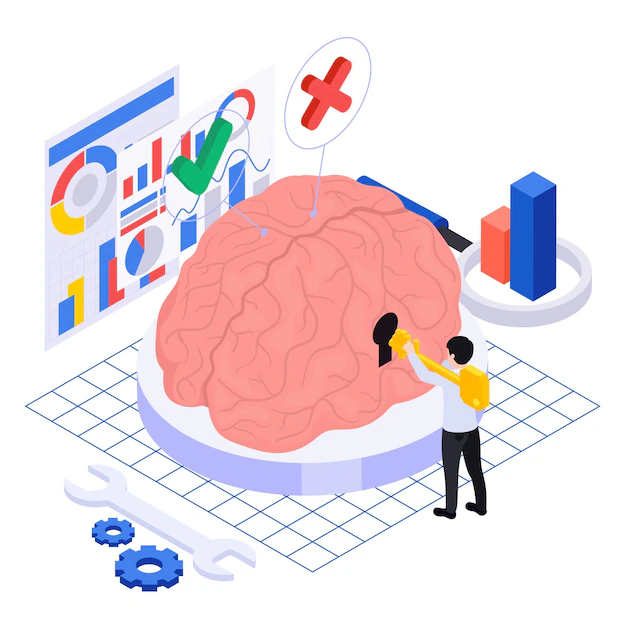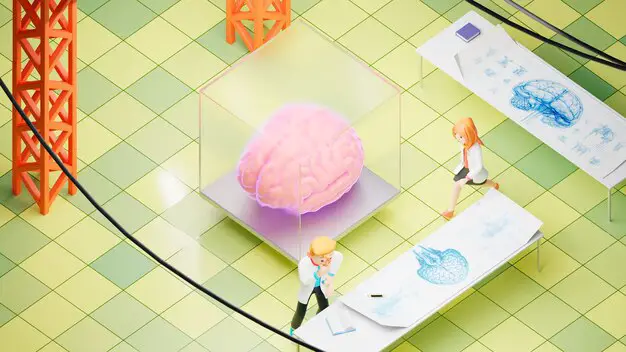Exploring the Nexus of Biological Psychology and Neuroscience: Insights and Examples

Biological psychology and neuroscience stand as cornerstones in unraveling the intricate connections between the human brain and behavior. These interdisciplinary fields combine biological principles with psychological perspectives, delving into the neural mechanisms that underlie human cognition, emotions, and actions. Through empirical research and theoretical frameworks, they offer a profound understanding of how biology shapes our psychological experiences.
Page Contents
The Convergence of Biological Psychology and Neuroscience
Biological psychology, also known as biopsychology, examines how biology influences behavior and mental processes. Neuroscience, on the other hand, explores the nervous system’s structure, function, and its relationship with behavior and cognition. Together, they form an interdisciplinary alliance, shedding light on the interplay between biology and the mind.
Key Areas of Study: Insights and Examples
Neuroanatomy and Neurophysiology:
Researchers in these fields investigate the structure and function of the nervous system. For example, Dr. Lewis led a study examining the role of the hippocampus in memory formation. Using animal models, they identified specific neural pathways crucial for spatial memory.
Neurochemistry and Neurotransmission:
The study of neurotransmitters and their impact on behavior is a focal point. For instance, researchers explored the role of dopamine in reward processing. Dr. Patel’s team used PET imaging to observe dopamine release in response to pleasurable stimuli, highlighting its influence on motivation and addiction.
Behavioral Genetics and Epigenetics:
Understanding the genetic and environmental influences on behavior is essential. In a study, Dr. Johnson investigated the genetic markers associated with anxiety disorders. Through genome-wide association studies (GWAS), they identified specific genes linked to increased susceptibility to anxiety.
Cognitive and Affective Neuroscience:
This domain examines brain processes underlying cognition and emotions. For example, a team led by Dr. Garcia used fMRI to study decision-making. Participants engaged in risk assessment tasks, revealing activation in the prefrontal cortex and limbic system during risk evaluation.
Interdisciplinary Applications and Impact
The insights derived from biological psychology and neuroscience have diverse applications:
- Clinical Interventions: Understanding neural mechanisms informs treatments for mental health disorders, improving therapies and interventions.
- Neuropharmacology: Insights into neurotransmitter functions aid in developing drugs targeting specific brain systems, enhancing treatments for neurological conditions.
- Educational Strategies: Understanding learning and memory mechanisms contributes to designing effective educational approaches tailored to brain function.
Paving the Path Forward: Future Perspectives
Advancements in technology, including optogenetics, advanced imaging, and genetic editing techniques, pave the way for unprecedented insights into brain function. These innovations offer promising avenues for deeper exploration and understanding of the brain’s complexities.
Conclusion: Unveiling the Brain-Behavior Relationship
Biological psychology and neuroscience merge to uncover the biological foundations of human behavior and cognition. Their collaborative approach provides profound insights into the intricate connections between biology and psychology, shaping our understanding of the brain-mind relationship.
The table and examples provided in this article are illustrative and hypothetical, intending to represent common areas of res







